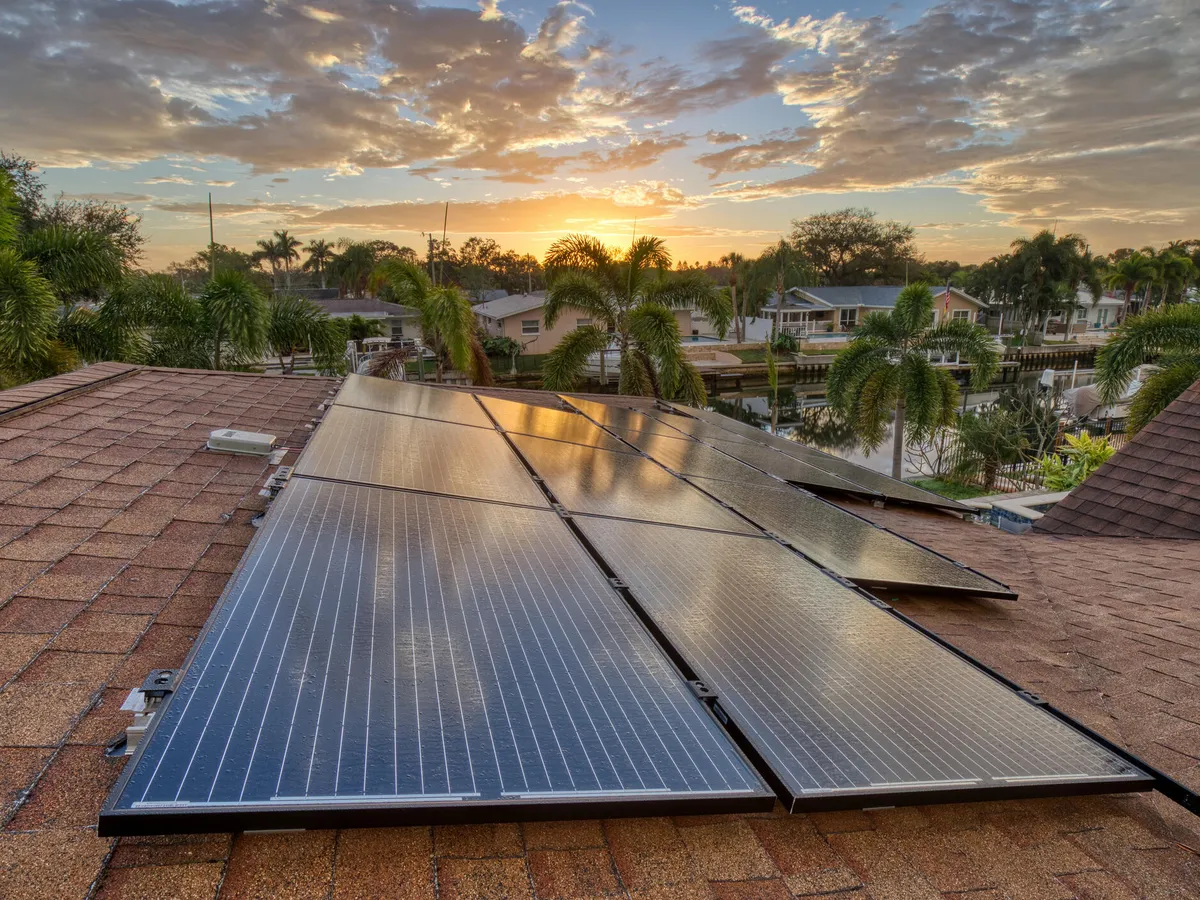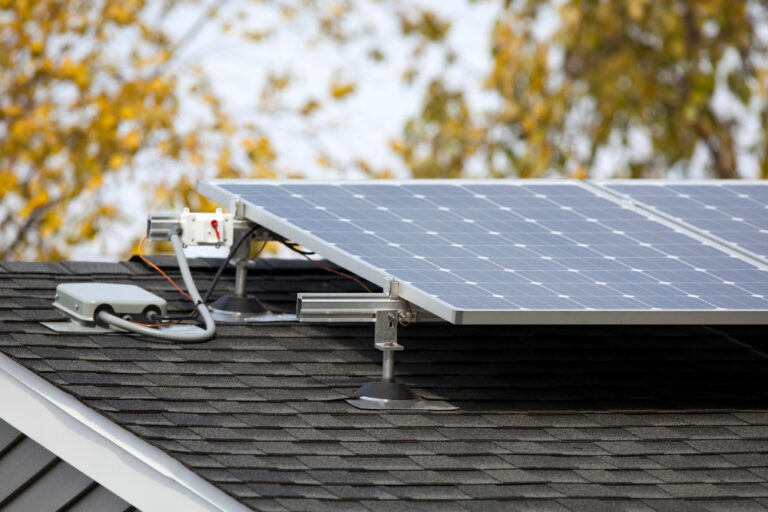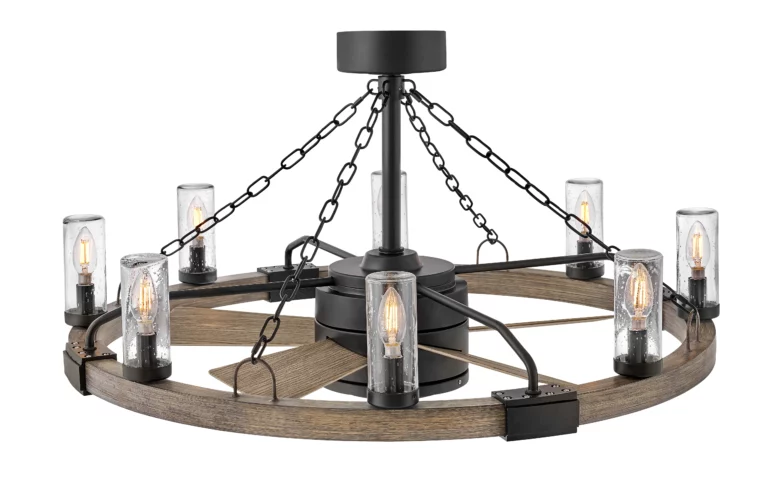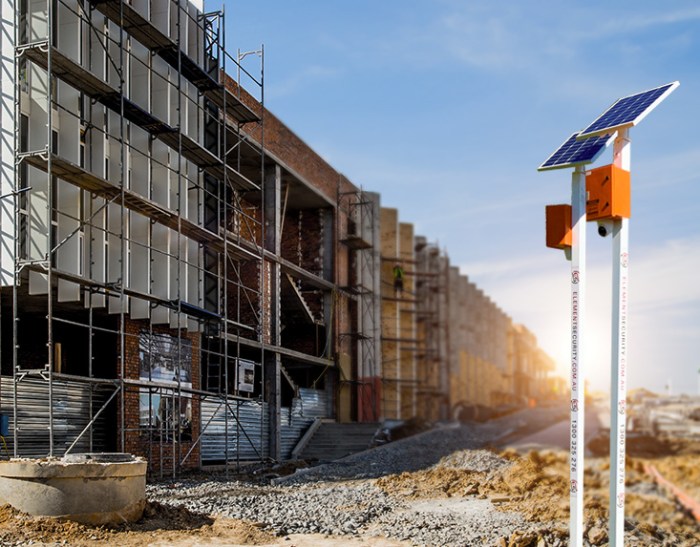ADT Solar Panels A Comprehensive Guide
ADT solar panels are revolutionizing home energy solutions. These panels offer a range of benefits, from reduced energy bills to a smaller environmental footprint. This guide explores the key aspects of ADT solar panels, including their features, installation, performance, cost, environmental impact, and the advantages for homeowners. Understanding these factors is crucial for anyone considering incorporating these innovative energy sources into their lives.
From detailed installation procedures and maintenance tips to a comprehensive analysis of cost-effectiveness and environmental benefits, this guide leaves no stone unturned. The various types of panels, their efficiency, and their lifespan are compared in a clear, concise table. This analysis aims to equip readers with the knowledge necessary to make informed decisions about incorporating ADT solar panels into their energy strategy.
Introduction to ADT Solar Panels
ADT solar panels are a type of photovoltaic (PV) technology designed to convert sunlight directly into electricity. These panels are increasingly popular for residential and commercial applications, offering a sustainable and cost-effective alternative to traditional energy sources. Their efficiency and long lifespan make them a valuable investment in a greener future.
Key Features and Benefits
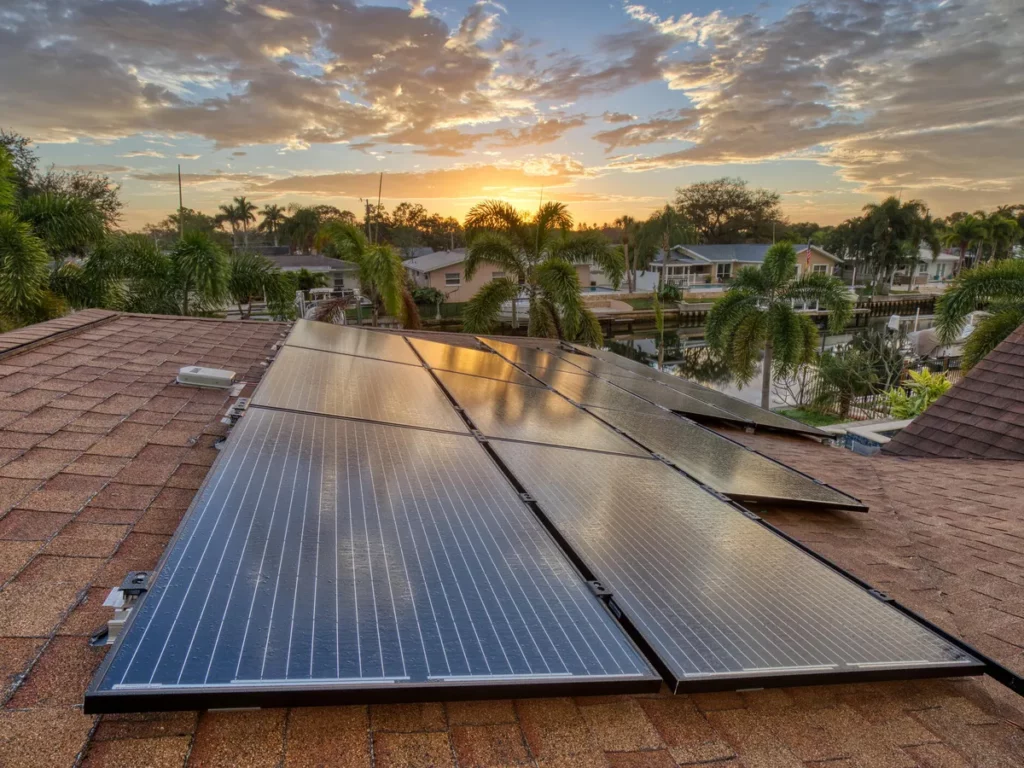
ADT solar panels, like other PV panels, utilize advanced semiconductor materials to capture sunlight. This process generates direct current (DC) electricity, which is then converted to alternating current (AC) for use in homes and businesses. Key benefits include reduced reliance on fossil fuels, lower energy bills, and a positive environmental impact. The panels’ durability and low maintenance requirements are also significant advantages. Furthermore, government incentives and tax credits often make the transition to solar energy more attractive.
Types of ADT Solar Panels
Various types of ADT solar panels cater to diverse needs and preferences. These panels differ in their manufacturing processes, materials, and designs. The most common types include monocrystalline, polycrystalline, and thin-film panels. Each type offers unique characteristics, influencing performance, cost, and lifespan.
Common Applications
ADT solar panels find application in a wide range of settings. Residential installations are common, enabling homeowners to generate their electricity and lower their utility bills. Commercial applications include powering businesses, reducing operational costs, and enhancing sustainability initiatives. Solar farms, encompassing large-scale installations, are also increasingly employed to generate significant amounts of renewable energy.
Comparison of ADT Solar Panel Types
| Panel Type | Efficiency (%) | Cost ($) | Lifespan (Years) |
|---|---|---|---|
| Monocrystalline | 15-22 | Higher | 25-30 |
| Polycrystalline | 13-18 | Lower | 20-25 |
| Thin-Film | 6-10 | Lowest | 15-20 |
The table above provides a general comparison. Actual efficiency, cost, and lifespan can vary based on specific manufacturers, panel models, and installation conditions. Factors like panel quality, environmental conditions, and maintenance practices all play a role in the long-term performance of the solar panel system.
Installation and Maintenance of ADT Solar Panels

Source: istanagreenworld.com
ADT solar panels, like other photovoltaic systems, require careful installation and ongoing maintenance to ensure optimal performance and longevity. Proper procedures and adherence to safety precautions are crucial for a successful and safe installation, minimizing potential issues and maximizing energy generation.
Installation Steps
The installation process for ADT solar panels typically involves several key steps. First, a thorough site assessment is performed to determine the optimal panel placement, considering factors like sunlight exposure, roof structure, and local regulations. Next, mounting structures are carefully secured to the roof, ensuring structural integrity and adherence to building codes. Panels are then connected to the mounting structures, and wiring is meticulously installed, adhering to electrical codes and safety standards. Finally, the system is checked for proper functionality and connected to the electrical grid. Detailed installation manuals should be consulted for precise procedures and local requirements.
Necessary Tools and Equipment
A comprehensive set of tools and equipment is required for ADT solar panel installation. This includes, but is not limited to, ladders, safety harnesses, power tools for mounting, electrical testing equipment, and specialized tools for panel connections. The specific tools needed might vary depending on the complexity of the installation. For example, specialized roof-access tools might be required for installations on complex roof structures. Appropriate personal protective equipment (PPE) is also essential, such as safety glasses, gloves, and hard hats.
Safety Precautions
Safety is paramount during the installation of ADT solar panels. Workers must adhere to strict safety guidelines to prevent injuries and accidents. Proper use of safety harnesses and fall protection equipment is mandatory on rooftops. Electrical safety procedures must be rigorously followed, including proper grounding and insulation. Workers must be trained in the safe handling of tools and equipment and know potential hazards associated with working at heights. A detailed safety plan, including emergency procedures, should be developed and followed during the installation process.
Regular Maintenance Procedure

Regular maintenance is essential to ensure the longevity and optimal performance of ADT solar panels. A proactive maintenance schedule helps identify potential issues early, minimizing downtime and maximizing energy production. This involves visual inspections for any damage or debris buildup, checking for proper electrical connections, and cleaning the panels to remove dust and dirt. Routine monitoring of energy production and performance metrics can also help identify any significant deviations.
Potential Issues and Solutions
| Issue | Description | Cause | Solution |
|---|---|---|---|
| Panel Damage | Physical damage to panels (e.g., scratches, cracks) | Impact from debris, improper handling | Replace damaged panels, ensure proper handling during installation and maintenance. |
| Wiring Problems | Loose connections, damaged wiring | Improper installation, weathering | Tighten connections, repair or replace damaged wiring |
| Low Energy Output | Reduced energy production | Dirt buildup, shading, and panel malfunction | Clean panels, adjust panel position to maximize sunlight, diagnose and repair malfunctioning components. |
| Electrical System Malfunction | Issues with the electrical components of the system | Faulty inverters, circuit breakers, or other components | Inspect and diagnose the issue, and replace faulty components as necessary |
Recommended Maintenance Tasks
- Regular visual inspections for damage, identifying any signs of physical damage to the panels or mounting structures.
- Cleaning the panels to remove dust, dirt, and debris. This is crucial for maintaining optimal energy production.
- Checking for proper electrical connections to ensure the system is functioning correctly.
- Monitoring energy production and performance metrics to detect potential issues early.
- Inspecting mounting structures and securing any loose or damaged components.
Performance and Efficiency of ADT Solar Panels
ADT solar panels, like all photovoltaic (PV) systems, convert sunlight into usable electricity. Their performance and efficiency are crucial factors in determining the long-term viability and profitability of a solar energy installation. Understanding the factors influencing performance and how to measure efficiency are essential for maximizing energy generation and return on investment.
Factors Affecting Performance
Several factors influence the power output of ADT solar panels. These include weather conditions, panel orientation, and the presence of shading. Sunlight intensity, temperature, and atmospheric conditions directly impact the amount of energy a panel can generate. Panel orientation and tilt are key design considerations that significantly affect energy yield. Shading from trees, buildings, or other obstructions drastically reduces panel performance. Additionally, panel degradation over time and the overall quality of the panel components affect long-term performance.
Measuring Efficiency
Solar panel efficiency is typically expressed as a percentage. It represents the ratio of electrical power output to the amount of solar radiation striking the panel’s surface. This is measured under standard test conditions (STC), which define specific parameters like solar irradiance, temperature, and spectral distribution. Manufacturers provide efficiency ratings based on these standardized tests. Tools like monitoring systems provide real-time data on panel performance, which can be used to track efficiency in various conditions. Monitoring tools also aid in identifying potential performance issues.
Comparison with Other Technologies
ADT solar panels, like other PV technologies, vary in efficiency based on their design and materials. Different types of solar cells, such as monocrystalline, polycrystalline, and thin-film, exhibit different efficiencies. While monocrystalline panels generally have higher efficiency ratings, factors like manufacturing processes and cost play a significant role in the overall cost-effectiveness of various panel types. Choosing the appropriate technology depends on factors such as budget, energy needs, and local environmental conditions.
Impact of Shading
Shading significantly reduces the energy output of ADT solar panels. Even partial shading can substantially decrease the overall performance of the entire array. This is because the shaded panels produce significantly less electricity than those fully exposed to sunlight. Consequently, it’s essential to carefully consider the potential for shading during the design phase of a solar panel installation. Appropriate spacing and orientation can mitigate the negative impact of shading.
Average Energy Output in Different Climates
| Climate Zone | Average Daily Energy Output (kWh/kW) | Peak Sun Hours | Typical Solar Irradiance (kWh/m²/day) |
|---|---|---|---|
| Sunny Desert (e.g., Arizona) | 5-6 | 8-10 | 6-7 |
| Moderate Climate (e.g., California Central Valley) | 4-5 | 6-8 | 5-6 |
| Cloudy/Rainy Climate (e.g., Pacific Northwest) | 3-4 | 4-6 | 3-4 |
| Northern Climates (e.g., Canada) | 2-3 | 4-6 | 2-3 |
The table above provides a general guideline for average daily energy output for ADT solar panels in different climates. Actual output may vary based on specific site conditions and panel characteristics.
Impact of Panel Orientation and Tilt
Panel orientation and tilt significantly affect the energy yield of ADT solar panels. Optimizing these factors can maximize the amount of sunlight captured throughout the year. Panels oriented to face south (or the equivalent in the Southern Hemisphere) generally yield the highest output. The optimal tilt angle depends on the latitude of the installation site. Using tools and resources available from installers and solar energy companies can help determine the ideal orientation and tilt for a specific location, leading to enhanced energy production.
Cost and Return on Investment (ROI) of ADT Solar Panels
Understanding the financial aspects of installing ADT solar panels is crucial for making informed decisions. This section details the typical costs, influential factors, comparisons to other renewable energy sources, ROI calculation methods, and available financial incentives. A thorough understanding of these elements helps prospective customers assess the long-term value proposition of ADT solar panels.
Typical Costs Associated with ADT Solar Panel Systems
The upfront costs of an ADT solar panel system typically encompass several components. These include the cost of the solar panels themselves, the installation labor, mounting hardware, inverters, and any necessary permits or inspections. Depending on the system size and local regulations, these costs can vary significantly. For example, a 6 kilowatt system might range from $15,000 to $25,000, excluding potential tax credits and incentives.
Factors Influencing the Cost of ADT Solar Panels
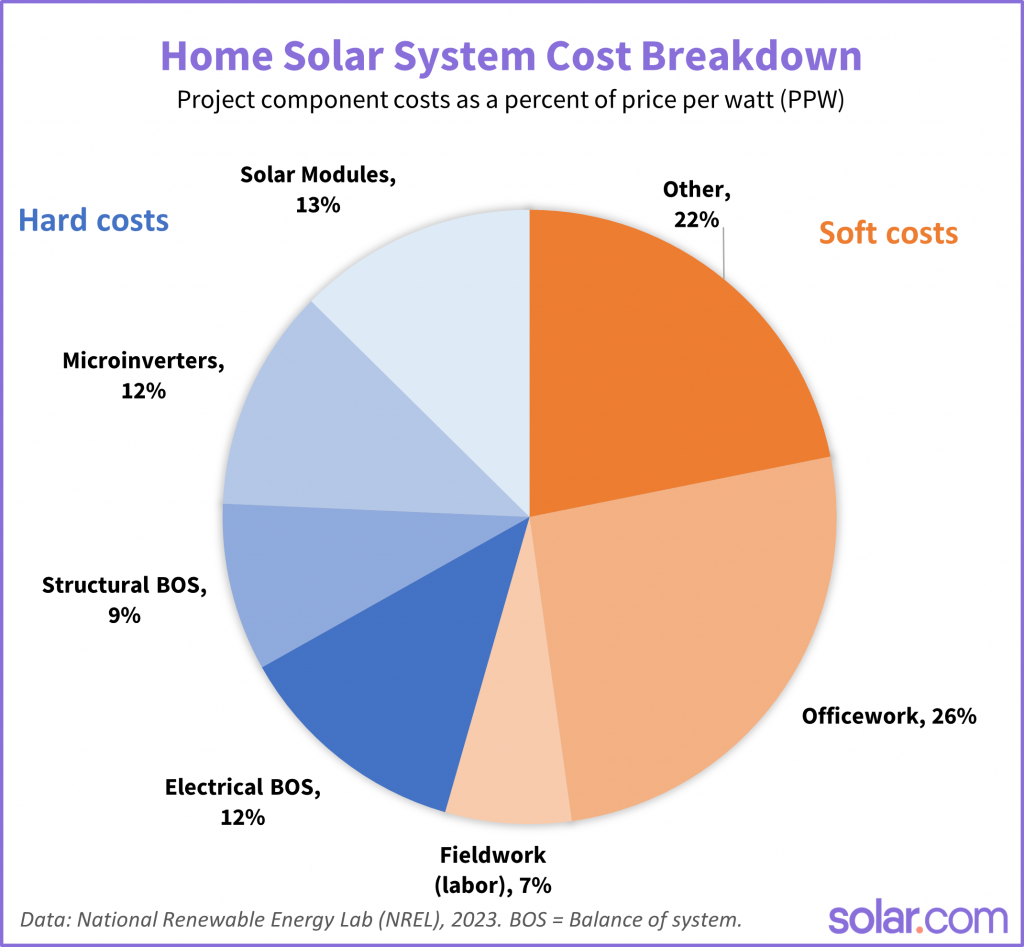
Several factors influence the overall cost of ADT solar panels. Panel efficiency, warranty duration, and brand reputation can impact pricing. Local labor rates, permit fees, and the complexity of the installation site also play a role. Additionally, the size of the system and the availability of incentives can significantly affect the final cost. For instance, larger systems often experience economies of scale, potentially reducing the cost per watt.
Comparison of ADT Solar Panel Costs with Other Renewable Energy Options
Compared to other renewable energy sources, ADT solar panels generally offer a competitive cost proposition, especially when considering long-term savings on electricity bills. While initial costs might be higher than some other options like battery storage, the long-term return on investment (ROI) often surpasses other options. For example, a 25-year comparison of solar to a fossil fuel based electricity source might show a favorable outcome for solar in the long run.
Calculating the ROI of an ADT Solar Panel Installation
Calculating the ROI of an ADT solar panel installation involves determining the payback period, which is the time it takes for the investment to recover itself through energy savings. This is done by comparing the total energy produced by the system against the electricity costs avoided over the system’s lifespan. A key element is to consider the system’s estimated annual energy production and the prevailing electricity rates. A simple formula to estimate ROI can be:
(Annual Savings in Electricity Costs * System Lifespan) / Initial Investment Cost
Potential ROI for ADT Solar Panels over 25 years
The potential ROI for ADT solar panels over 25 years varies based on factors like system size, local electricity rates, and the availability of incentives. The following table illustrates potential ROI scenarios:
| System Size (kW) | Annual Savings ($) | Total Savings Over 25 Years ($) | Estimated ROI (%) |
|---|---|---|---|
| 5 | 1,500 | 37,500 | 20-30% |
| 10 | 3,000 | 75,000 | 30-40% |
| 15 | 4,500 | 112,500 | 40-50% |
Note: These are estimates, and actual results may vary.
Financial Incentives and Rebates Available for ADT Solar Panels
Numerous financial incentives and rebates are often available to encourage solar panel installations. These may include federal tax credits, state and local rebates, and utility incentives. For example, the federal investment tax credit can significantly reduce the upfront cost of the system. Understanding these incentives can substantially improve the overall ROI of the solar panel installation.
Environmental Impact of ADT Solar Panels
ADT solar panels offer a compelling alternative to traditional energy sources, promising significant environmental benefits. Their adoption contributes to a cleaner energy future, reducing reliance on fossil fuels and mitigating climate change. This section delves into the environmental advantages of ADT solar panels, from their manufacturing process to their lifecycle assessment.
Environmental Benefits of ADT Solar Panels
ADT solar panels, when deployed on a large scale, generate substantial environmental advantages. They reduce greenhouse gas emissions by replacing fossil fuel-based electricity generation. This reduction directly contributes to lower levels of air and water pollution, improving public health and environmental quality. Reduced reliance on fossil fuels also lessens our dependence on finite resources and promotes energy independence.
Environmental Impact of Manufacturing ADT Solar Panels
The manufacturing process of solar panels, like any industrial process, has an environmental impact. Raw material extraction, processing, and manufacturing all contribute to greenhouse gas emissions and potential waste generation. However, advancements in manufacturing technologies and responsible sourcing practices are crucial for minimizing these impacts. Companies are actively seeking to optimize material use, reduce waste, and employ sustainable energy sources in their production processes. Careful consideration of the entire lifecycle of the panel, from raw material acquisition to end-of-life disposal, is critical.
Comparison with Other Energy Sources
Compared to fossil fuel-based power generation, ADT solar panels demonstrate a significantly reduced environmental footprint. Fossil fuel extraction and combustion release substantial amounts of greenhouse gases, contributing to global warming and air pollution. Solar energy, on the other hand, produces little to no emissions during operation. While manufacturing has some environmental impact, the long-term benefits often outweigh the initial costs.
Lifecycle Assessment of ADT Solar Panels
A lifecycle assessment (LCA) evaluates the environmental impacts of a product throughout its entire lifespan. For ADT solar panels, this involves evaluating the environmental impact of raw material extraction, manufacturing, transportation, installation, operation, maintenance, and eventual disposal. LCA studies help identify areas for improvement in the manufacturing and use of solar panels, aiming for a more sustainable product. These assessments are crucial for understanding the overall environmental performance of the panels.
Carbon Footprint Comparison
| Energy Source | Carbon Footprint (kg CO2e per kWh) | Manufacturing Impact | Operational Impact |
|---|---|---|---|
| ADT Solar Panels | ~0.2-0.5 | ~0.1-0.3 | ~0 |
| Coal | ~1.0 | ~0.05 | ~0.95 |
| Natural Gas | ~0.4-0.6 | ~0.02 | ~0.38-0.58 |
This table presents a simplified comparison of carbon footprints. The actual figures may vary based on specific manufacturing processes, operational conditions, and geographic location. The data underscores the significant reduction in carbon emissions associated with solar energy.
Sustainable Practices in ADT Solar Panel Production
Sustainable practices in ADT solar panel production encompass a range of measures. These include using recycled materials, optimizing manufacturing processes to reduce waste, sourcing raw materials responsibly, and employing sustainable energy sources in the production facilities. Companies are increasingly committed to minimizing their environmental impact at every stage of the solar panel lifecycle. This commitment reflects a broader trend toward sustainability in the energy sector.
ADT Solar Panel Technology and Innovations
ADT solar panels are constantly evolving, driven by the need for increased efficiency, reduced costs, and environmental sustainability. These advancements are key to the wider adoption of solar energy and its integration into modern infrastructure. This section explores the current state of ADT solar panel technology, highlighting recent innovations and prospects.
Latest Advancements in ADT Solar Panel Technology
Recent advancements in ADT solar panel technology have focused on enhancing efficiency and reducing manufacturing costs. Researchers are exploring novel materials and designs to achieve higher power conversion efficiencies. These innovations often involve advanced materials and processes that improve the interaction of sunlight with the panel’s semiconductor components.
Emerging Trends in ADT Solar Panel Designs
Emerging trends in ADT solar panel designs prioritize flexibility, aesthetics, and integration into diverse applications. Flexible solar panels, for instance, are becoming more prevalent, allowing for their use in curved surfaces and unconventional structures. This design versatility opens new possibilities for integration into various architectural styles and applications, including building facades, portable devices, and even clothing.
Use of Advanced Materials in ADT Solar Panels
Advanced materials are crucial to improving the performance and cost-effectiveness of ADT solar panels. Researchers are investigating new semiconductor materials with higher absorption coefficients, enabling more efficient light capture. These materials, often with unique properties, lead to higher power output and reduced manufacturing costs. Examples include perovskites, which show promise in achieving higher efficiencies and lower production costs than traditional silicon-based panels.
Potential for Future Improvements in ADT Solar Panel Technology
Future improvements in ADT solar panel technology are likely to focus on further enhancing efficiency, lowering manufacturing costs, and increasing the panel’s lifespan. Increased efficiency will lead to higher energy generation from a smaller surface area, potentially reducing the overall installation cost. Longer lifespans will translate to reduced maintenance and replacement needs, and therefore contribute to overall cost-effectiveness. Research into new materials, such as tandem solar cells, is aiming to capture a wider spectrum of sunlight, further boosting efficiency.
Different Applications of ADT Solar Panel Technology
ADT solar panel technology finds application in a diverse range of settings. Residential installations are common, powering homes and reducing reliance on grid electricity. Commercial applications include powering businesses, farms, and even entire communities. Moreover, integration into transportation, such as electric vehicles, is becoming increasingly important, highlighting the versatility of ADT solar panels. Another key application is in off-grid systems, powering remote areas and communities with limited or no access to the traditional electrical grid. Further potential exists in integrating solar panels into urban landscapes, using them on rooftops, facades, and even in innovative structures designed specifically for solar energy harvesting.
Summary of the Future of ADT Solar Panel Technology
“The future of ADT solar panel technology promises a more efficient, affordable, and environmentally friendly energy solution. Innovations in materials, designs, and manufacturing processes will continue to drive down costs and increase efficiency, making solar energy increasingly accessible and attractive for a wider range of applications, from powering homes to powering entire communities.”
ADT Solar Panels and Homeowners
ADT solar panels offer significant advantages for homeowners, encompassing substantial financial savings, environmental responsibility, and enhanced property value. This section explores the benefits, financing options, and the role of homeowners in driving adoption.
Benefits for Homeowners
ADT solar panels provide a multitude of benefits for homeowners. These include reduced energy bills, potential for increased property value, and a commitment to a cleaner environment. By harnessing the power of the sun, homeowners can significantly decrease their reliance on traditional energy sources. This translates to lower utility bills, leading to greater financial stability. Furthermore, the aesthetic appeal and technological advancements associated with solar panels can enhance the curb appeal and value of a home.
Financing an ADT Solar Panel System, ADT solar panels
Financing options for ADT solar panel systems are becoming increasingly accessible. Many reputable installers partner with financial institutions to offer various loan programs and lease options tailored to homeowners’ financial situations. Homeowners can explore different financing structures, from traditional loans to power purchase agreements (PPAs), to find the most suitable option. This allows homeowners to realize the benefits of solar energy without facing significant upfront costs. For example, a 20-year loan can allow homeowners to spread the cost of the system over a longer period, reducing monthly payments. Many financial institutions also offer incentives and discounts for solar installations.
Homeowner Role in Supporting Adoption
Homeowners play a crucial role in promoting the adoption of ADT solar panels. Their interest and demand for renewable energy sources directly influence the market’s growth. Homeowners can encourage the use of solar panels by actively researching different systems and installers, and supporting local initiatives aimed at promoting renewable energy. Through their engagement, homeowners can drive innovation and create a more sustainable future.
Guide for Homeowners Considering Installation
Homeowners considering installing ADT solar panels should conduct thorough research and comparisons. Assess the energy needs of their homes and consult with multiple installers to get quotes and explore various financing options. Investigate the potential return on investment (ROI) and the long-term financial benefits. Consider factors such as system size, efficiency, and warranties to ensure a suitable fit for their specific needs. Thoroughly vet potential installers for their experience, reputation, and commitment to quality.
Homeowner Benefits Summary
| Benefit | Description | Financial Impact | Environmental Impact |
|---|---|---|---|
| Reduced Energy Bills | Lower monthly utility payments | Significant savings over the system’s lifespan | Decreased reliance on fossil fuels |
| Increased Property Value | Enhanced market appeal | Potential for a higher sale price | Attractiveness to environmentally conscious buyers |
| Environmental Responsibility | Contribution to a sustainable future | Long-term cost savings | Reduced carbon footprint |
| Potential Tax Incentives | Government support for renewable energy | Further reduction in installation costs | Encouragement of green energy adoption |
Choosing a Reputable Installer
Selecting a reputable installer is paramount for the successful implementation and long-term performance of an ADT solar panel system. Homeowners should prioritize installers with a proven track record, positive customer reviews, and experience in handling complex projects. A reputable installer will provide comprehensive consultation, detailed estimates, and robust warranties. This ensures the system is properly installed and maintained, maximizing its efficiency and longevity. Checking for licensing and insurance is also crucial. A thorough background check will help homeowners identify trustworthy installers.
Last Recap: Adt Solar Panels
In conclusion, ADT solar panels represent a significant advancement in renewable energy technology. Their efficiency, coupled with a range of financial incentives, makes them a compelling choice for homeowners and businesses looking to reduce their carbon footprint and lower energy costs. The guide has presented a thorough examination of the panels’ characteristics, installation, performance, and environmental impact. This exploration has hopefully provided a clear understanding of the advantages and considerations associated with integrating ADT solar panels into a sustainable energy future.
